Secrets of growing dragon fruit revealed
Ever wondered how this beautiful tropical fruit is grown? The answer will astonish you.
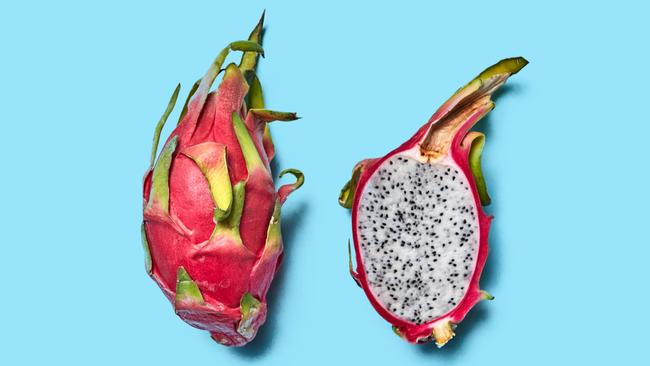
Dragon fruit or pitaya are fascinating in many ways. They come from a tropical, climbing cactus (Hylocereus) that might be called ugly, but it produces gorgeous, fragrant flowers in summer. These open in the evening and last just one night – you can watch the buds open into huge white blooms over several hours. In the morning they collapse, limp and spent. If the flowers weren’t successfully pollinated that night, fruits don’t form. Some varieties are self-pollinating, while others need a pollination partner. In the wild, bats and moths do the job; bees have only a few daylight hours in which to work, so commercial growers spend their nights hand-pollinating the blooms. The red or yellow-skinned fruit, which take about six weeks to ripen, can have white or pink flesh, speckled with tiny black seeds. Picked too early, the flavour can be bland rather than sweet. Named varieties with known characteristics are sold by specialists such as raredragonfruit.com.au. Dragon fruit grow best in tropical and subtropical areas but can succeed as far south as Melbourne, given a warm microclimate. As large, heavy-stemmed climbers, the plants need a strong support.
Coreopsis - Heat Seekers
While common yellow coreopsis (AKA tickseed) is a weed along roadsides and railways, new, smaller hybrids are not as problematic.
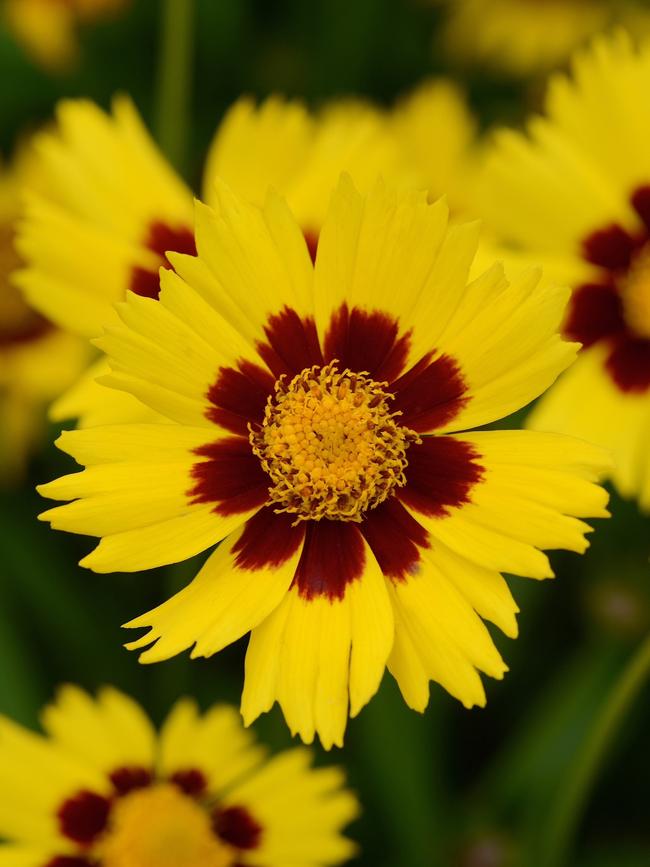
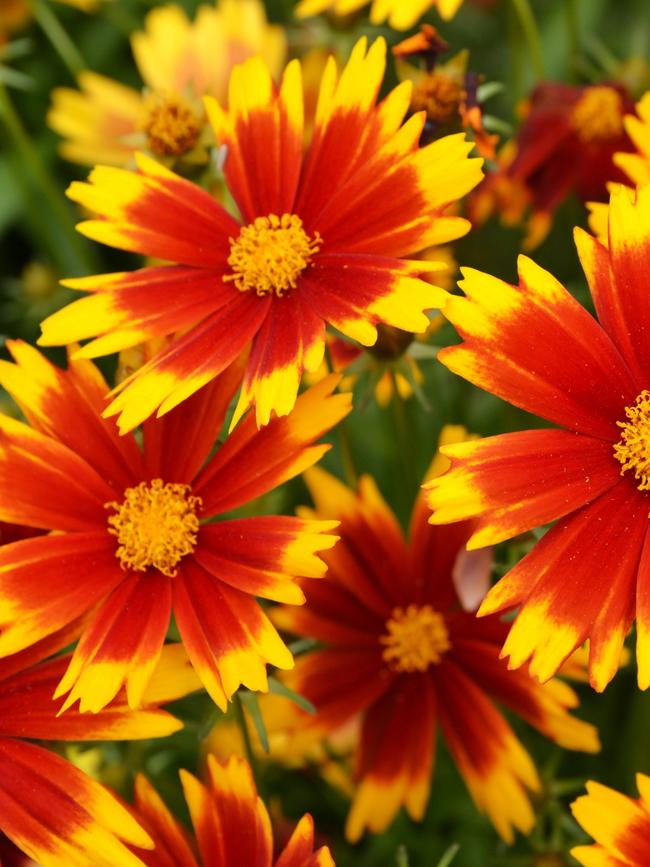
They flower through the warm months, loving heat and humidity. As well as these four bicolours, there are pink, burgundy and copper varieties.
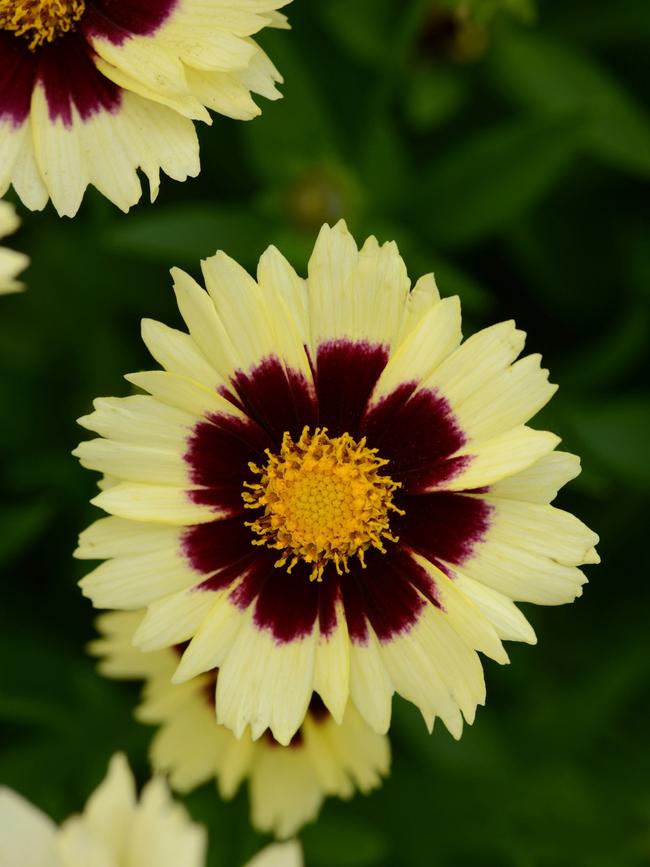
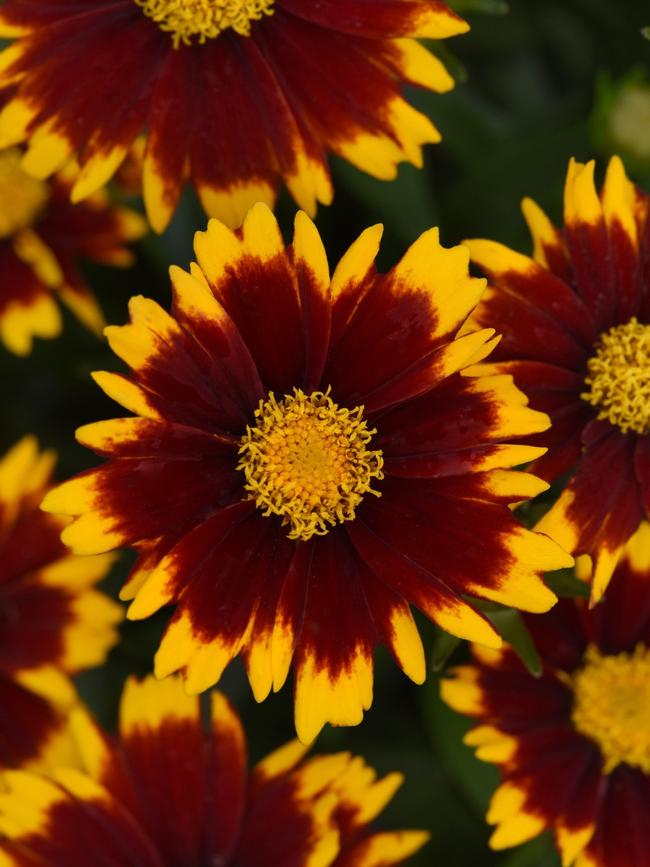
Q&A
I’m growing dwarf Red Dacca and Blue Java bananas; the red is larger and stronger by far. Both have shot up pups — how many should I leave or replant? Will they all be fruit-bearing?
Stephen Thomas, Gold Coast
They’re all clones that will bear fruit but you should remove all but two of the strongest suckers or pups, which can replace the main plant when it dies after fruiting. Too many
pups will reduce your crop as they sap energy from the main plant. Excess pups can be replanted elsewhere.
My four types of bananas (Lady Finger, Ducasse, Blue Java and a hybrid) grow in proximity and are fruiting. Will they cross pollinate or is there a reason not to grow them together?
Tom, by email
All edible banana varieties are sterile, seedless clones that produce fruit without needing pollination. They can’t cross-pollinate; propagation is from suckers only. Bananas are heavy feeders that need regular water and fertiliser for best results. You can grow them together, as long as you meet the increased demand for water and nutrients.
I’d like our lawn of Queensland blue couch to look better than just OK, without returfing. It’s in full sun and the soil is basically sand with a pH of 5-5.5. What can I do?
Susan Stephens, Cabarita, NSW
Correct the soil’s acidity with garden lime or dolomite (lime plus magnesium). Apply 50g-100g per square metre for sandy soils and water in well (adult handfuls are about 30g). Re-test after six months and reapply if needed until pH is around 6.5-7. You could also apply a soil wetting agent as sandy soils are frequently hydrophobic. Examples are Seasol Super Soil Wetter and Conditioner, Eco-Hydrate or SaturAid; granular and hose-on formulations are easiest for large areas. Regular water, fertiliser and mowing will improve the lawn.
Send your questions to helemyoungtwig@gmail.com The best three questions for December/January will each win a 20m, kink-free Liano Life Textile Hose kit valued at $113 with a 15 year warranty, from Gardena
More Coverage
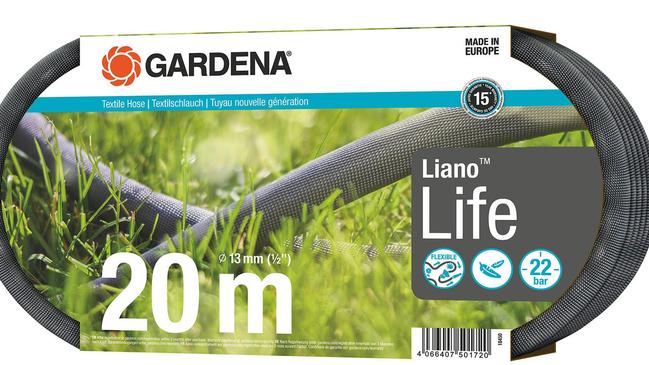






To join the conversation, please log in. Don't have an account? Register
Join the conversation, you are commenting as Logout